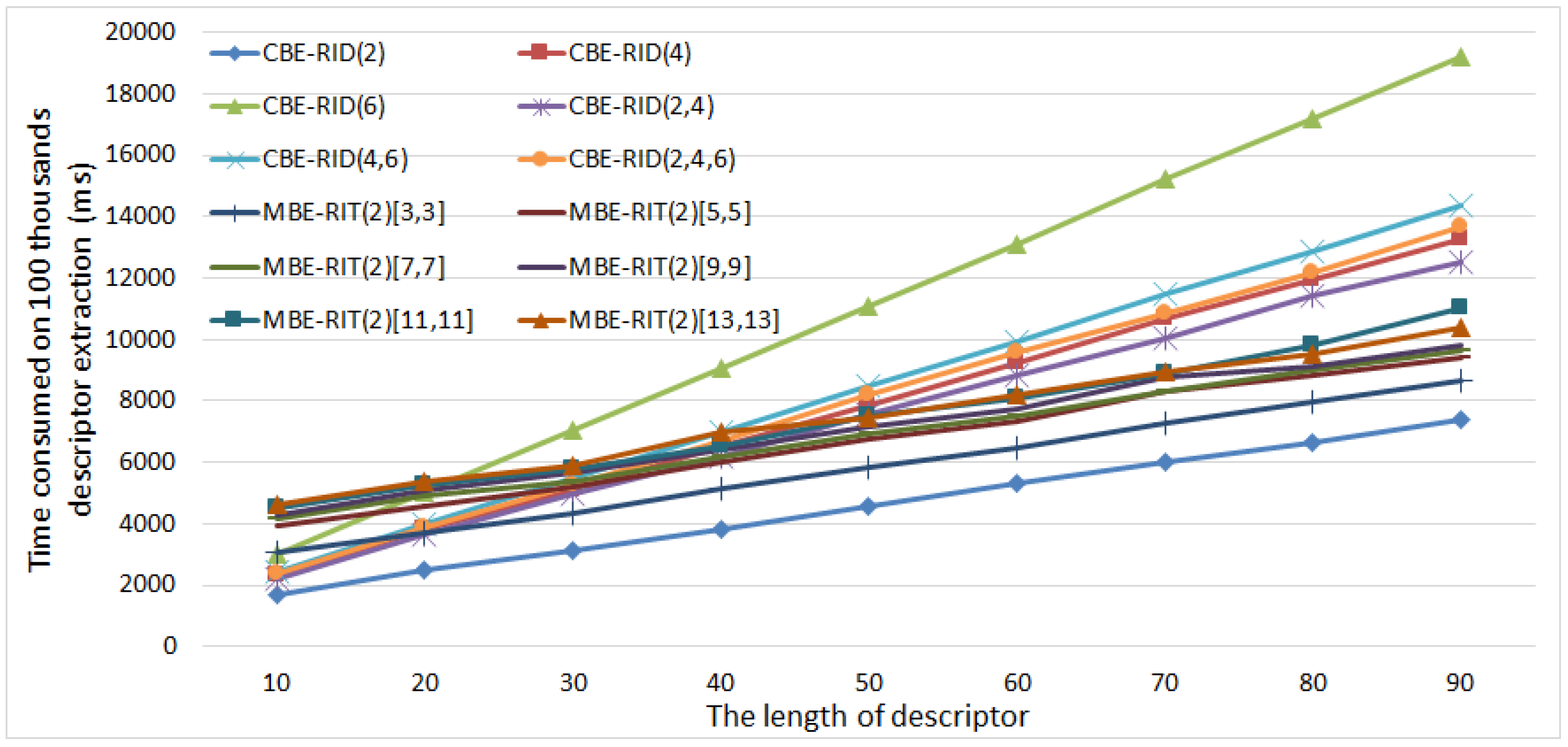

The workload definitely lightens up the last three years.

You should come in ready to work your tail off because you will be drinking out of a firehose the first two years. You'll also probably begin looking for internships in your third semester, which takes up as much time (if not more) as taking an additional class. I would say that every course I just listed will require somewhat significant effort, and they are all taken in your first four semesters.
#RIT GAUSSIAN SOFTWARE SOFTWARE#
Your first major courses will be the introductory sequence (GCIS123-124), Personal Software Engineering, Intro SE, Web Engineering, Project Management, and Engineering of Software Subsystems. You will be taking Physics 1 and another science elective (Physics 2, or Bio/Chem 1) in your second year. Your math electives will include Physics 1, Calculus 1 and 2, Discrete Math, Stats, and Linear Algebra. The math and science electives are no joke, and the learning curve in your coding classes is nothing to sneeze at either. If your job files would be bigger than or close to that size range, you would instead use the G16 (G09, G03) option.The major is very front loaded. localscratch is ~800G shared by all jobs running on the same node. rwf file to restart in a later time, you can use this option. The files will be removed by the scheduler when a job is done (successful or not). skr files) temporarily in $SLURM_TMPDIR (/localscratch/username.jobid.0/) on the compute node where the job was scheduled to. This option will save the default runtime files (unnamed. You can modify the -mem, -time, -cpus-per-task to match your job's requirements for compute resources. To use Gaussian 09 or Gaussian 03, simply modify the module load gaussian/g16.b01 to gaussian/g09.e01 or gaussian/g03.d01, and change G16 to G09 or G03. G16 # G16 command, input:, output: name.log of cpus for the job as defined by %nprocs in the file #SBATCH -time=02-00:00 # expect run time (DD-HH:MM) #SBATCH -mem=16G # memory, roughly 2 times %mem defined in the input file Note that for coherence, we use the same name for each files, changing only the extension (name.sh,, name.log). The following example is a G16 job script: Those files will stay there when the job is unfinished or failed for whatever reason, you could locate the. There are two options to run your Gaussian job on Graham and Cedar, based on the location of the default runtime files and the job size. The national clusters use the Slurm scheduler for details about submitting jobs, see Running jobs.īesides your input file (in our example ), you have to prepare a job script to define the compute resources for the job both input file and job script must be in the same directory. To check what versions are available use the module spider command as $] module spider gaussianįor module commands, please see Using modules. The gaussian module is installed on Graham and Cedar. We will then grant you access to Gaussian. If you are a sponsored user, your sponsor (PI) must also have such a statement on file with us. I will notify Compute Canada of any change in the above acknowledgement.I will properly acknowledge Gaussian Inc.I will not copy the Gaussian software, nor make it available to anyone else.I am not a member of a research group developing software competitive to Gaussian.Please contact support with a copy of the following statement: In order to use Gaussian you must agree to certain conditions.

Compute Canada currently supports Gaussian only on Graham and Cedar as well as certain legacy systems.


 0 kommentar(er)
0 kommentar(er)
